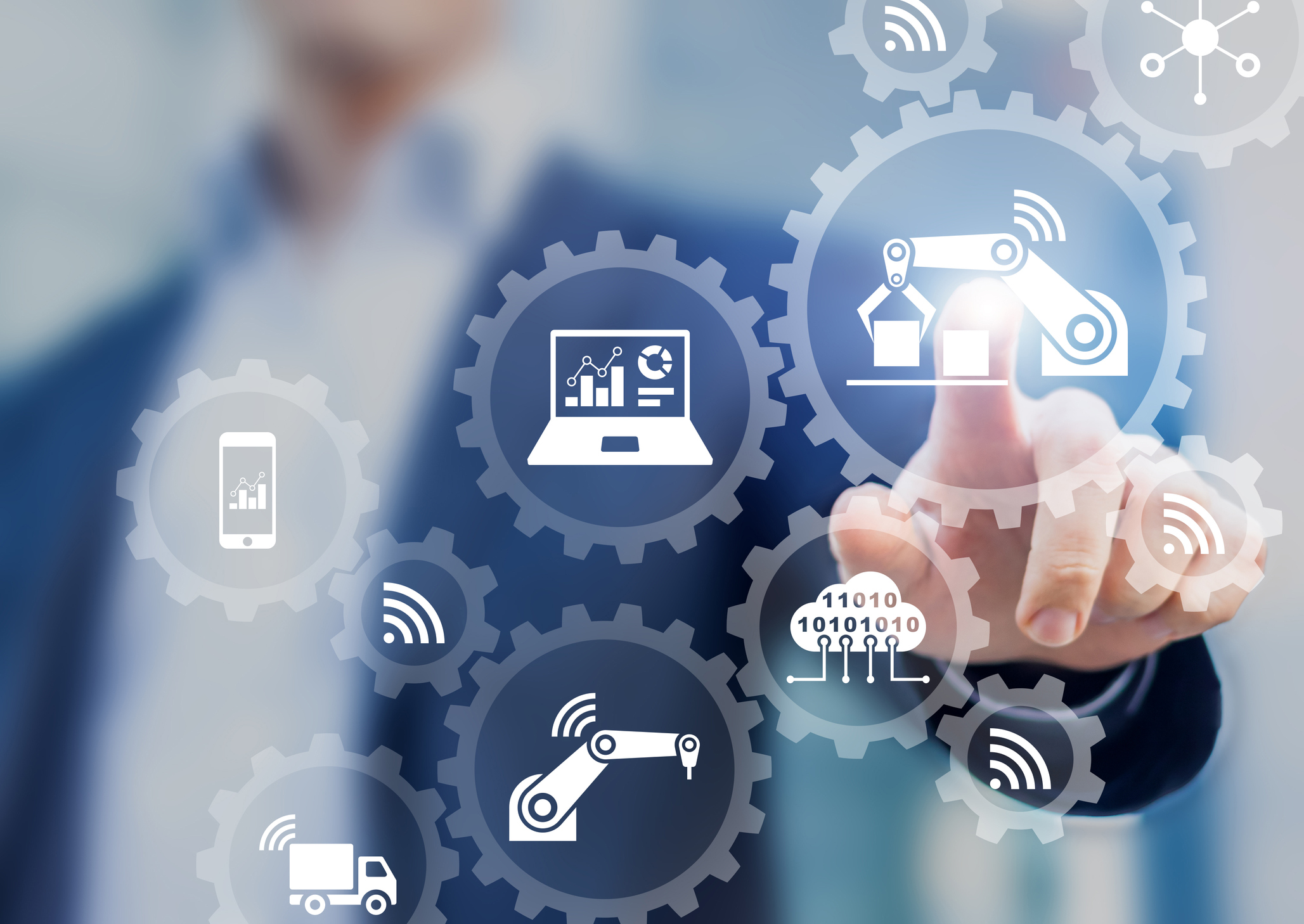
IoT and the massive potential it holds for field service businesses, should not be underestimated.
At Simpro, we are incredibly excited about IoT and what it means for the field service industry. The potential to be able to completely flip many painful parts of field service business models on their head with live data feeds from assets being monitored and maintained is huge! Plus, doing so means that field service businesses, particularly asset maintenance businesses such as facilities management or multi-trade businesses, will be able to spend more time focused on problems and less time looking at assets that are operating correctly. It also opens the possibility for businesses to scale operations without taking on more overheads, provide much better customer service and access even more data.
No matter whether you are just learning about IoT or if you are ready to implement this technology, this article will provide you with everything you need to know about Simpro IoT.
Getting started with Simpro IoT

Simpro IoT has been designed to move beyond simply looking at dashboards to actually automating workflows and creating actions from data. Built for field service contractors and facility managers alike, Simpro IoT provides you with better visibility on what's happening with customer assets. This includes being able to investigate, and learn from, collected data as well as setting up trigger actions based on specific threshold ranges.
Before you implement Simpro IoT, make sure you are clear about what problem you are trying to solve and why you are trying to solve it. Think about how this is going to change your business model, how it can give you a competitive advantage and then start devising an IoT strategy.
Collecting asset data with Simpro IoT
At Simpro, we have seen a lot of existing facilities that don’t have IoT-enabled assets and require a big investment to replace those assets with IoT-enabled alternatives. Obviously that’s not ideal, so we have partnered with sensor manufacturers so you can retrofit sensors to assets without turning them off.
These sensors boast a range of up to 2 kilometers / 1.2 miles, subject to terrain and sensor location, and can penetrate concrete and steel obstructions. Simpro uses a Low Powered Wide Area Network (LPWAN) standard called LoRaWAN. This uses sub GhZ Radio Frequency for communication between the sensors, nodes and gateways located on a site. Gateways provide wide coverage across a site and can use GSM backhaul or LAN connection to transmit data to the Simpro cloud over the internet. Additionally, the node to gateway communication requires no interaction with Wi-Fi or corporate networks.

When considering IoT it is also important to think about what kind of sensor will be needed, because different equipment will require different sensors. For example, the temperature sensor you put into a room for ambient temperature monitoring is different when compared with one used to measure the temperature of water. Luckily, Simpro has designed a range of IoT Packs for many different asset maintenance situations.
Understanding the data
So, we know what problem we are trying to solve, we have a solid business model and the equipment is ready to transmit with retrofitted sensors. Data is then collected by sensors, and transmitted to the Cloud via the gateway. Once this process is configured, Simpro will either start subscribing to the data stream or the gateway will start transmitting to Simpro!
The next step you need to take is identifying which sensors relate to which assets in Simpro. If you have purchased one of the Simpro IoT packs, all of this is done for you by us, using the spec sheet you complete. After this step is completed, you’ll be able to start seeing the Simpro IoT dashboards come alive with information. Then, from within Simpro you can create specific and automated workflows from the data collected. For example, you can set rules which can trigger alerts, emails, SMS or even create job cards if data is outside a specified range.
Take, for example, the temperature of a cold room. Let’s say that the last temperature reading was recorded out of the defined thresholds indicating the temperature of the room was too high. Instead of waiting for the customer to notice food was going bad, you could have a field staff member automatically dispatched to the site to make necessary repairs before any waste occurs.

Other examples include monitoring the air quality in commercial offices and detecting water leaks in high risk areas. The examples are endless, and just imagine how valuable it would be to be able to monitor these situations remotely, get a notification and dispatch field staff members proactively.
There’s no doubt that to implement IoT into a field services business is a significant but exciting change. It involves thinking through a unique point of difference or problem you can solve, considering the commercial aspects of how you will benefit from the change and how you are going to implement the solution.
However, on the other side of the coin, it’s also a fantastic and rare opportunity with impressive benefits. Large, forward thinking organizations are already working in this space and there are a lot of smart people progressing the technology at a considerable pace.
There is a window of opportunity where innovative and forward-thinking organizations can get in front of the curve and take advantage of what IoT has to offer. How long will it be before it's expected that this level of service and information is made available to your customers from your competitors?
Partnering with Simpro on your IoT strategy allows field service companies to have an out-of-the-box solution, and gives you the capability to make meaningful and effective improvements to your business.